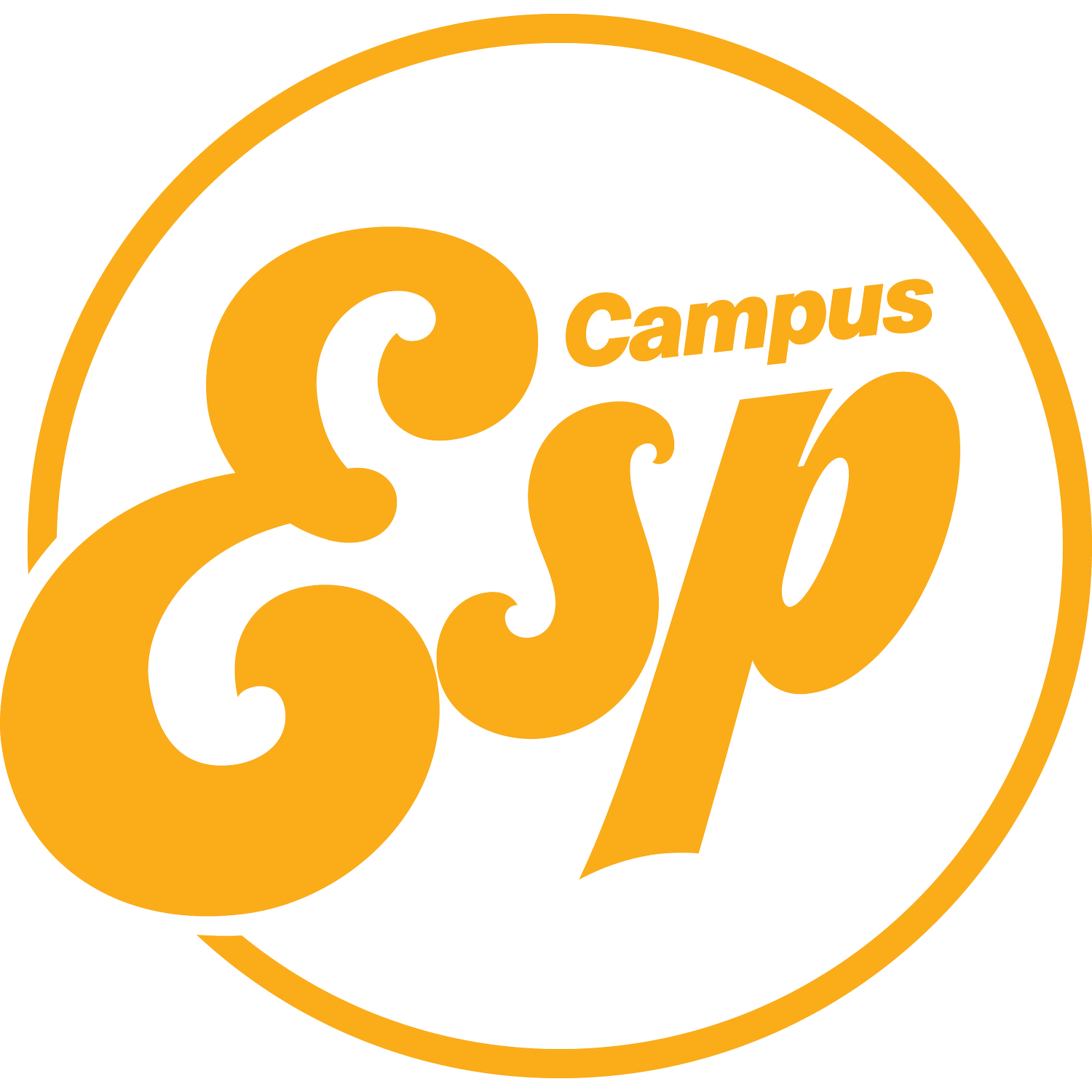Two-Year College Parent Playbook: 9 topics to inspire your content strategy
Two-year colleges are facing mounting enrollment and retention pressures. As students’ #1 influencers, families and other supporters can help keep students on track — if they are kept informed. Where do you start? What content do they need?
We analyzed engagement data from over 18,000 two-year college parents to understand what information they’re looking for most. 73% of parents say content from CampusESP helps them better advise their student. So consider this your playbook to not only communicate and engage families and supporters, but help them become partners in student success. Read on for our top 9 topics you should focus on throughout the year (and tips on when).
A PSA for our stretched-thin readers: This may seem like a lot of work. It is. But CampusESP can take it off your plate. The average two-year college parent receives 23 emails per year in CampusESP — and CampusESP handles 90% of content curation for you! We take best practices from our playbook and pair it with unique information from your campus. All you need to do is approve it. Want to learn more?
Registering for Classes
If your school offers open enrollment, registering for classes is a topic families will be interested in year-round. Be clear about important steps and materials needed to get enrolled. A little extra nudging to families and supporters can go a long way! We like to say that we “nudge the nudgers.”
Tip: Map out important registration registration dates or deadlines throughout the year and aim for a few reminders. Repetition is key!
Affordability
CampusESP provides weekly network content to two-year colleges with a focus on topics included in this playbook!
One of the biggest benefits of attending a two-year college is the low cost for a high-quality education. Plus, a lot of programs can make tuition free altogether for students. Share information about lower tuition costs and flexible scheduling options to encourage enrollment and provide information on any opportunities unique to your school for students to take advantage of low or no-cost programs.
Finances and Paying for College
Despite the affordability of two-year colleges, many students will still have substantial financial commitments such as rent, childcare, etc. Communicate what students should know about paying for college as a starting point. Dig deeper by sharing tips and advice to create good money habits such as budgeting and building credit.
Academic Programs
Two-year colleges have unique program offerings, from liberal arts, to STEM, to technical courses. Think about the programs that are unique for your institution. Then highlight them! Lean into communicating the value of Associate’s degrees, certificates, and professional programs and the opportunities that come with it.
Support Resources
It can be helpful to remind families that they don't have to support their students all on their own. Families may not even be aware of your support resources available at all. Make sure to get the word out about student support resources on campus such as Academic Support Services and Disability Support Services — don’t forget to include info on how their student can get in touch!
Tip: Consider key times in the year when sharing information about campus resources may be the most beneficial for your institution (for example, when finals are approaching).
Preparation for a Four-Year Program and/or Career Preparation
Emphasize the benefits of attending a two-year college such as the ability to take General Education courses at a lower cost. Share how your institution can help students prepare to transfer to a four-year college and details on transfer partnerships with area colleges and universities.
Alternatively, many two-year students work while they’re enrolled in classes and may be planning to join the workforce after their two-year program. Share advice on how students can find a job and thrive once they’re in the workforce. Their family members are likely closest to what’s going on and can use this info to support their student and set them up for success.
Resources for Dual Enrollment Students
Consider the unique audience of Dual Enrollment families. They’re already connected to the school and more likely to be engaged, so use that as an opportunity to create content that encourages their students to re-register and register as full-time students.
Also, keep in mind that these families may not be familiar with resources on campus available to their student. If you have resources specifically for Dual Enrollment students, make sure to share those, too!
Continuing Education Opportunities
Remember that students’ family members are often prospective students themselves! Use it as an opportunity to fill them in on continuing education programs, since anyone can sign up.
Coping with Change
Transitions are a natural part of life. And let’s be real — navigating changes can be hard for anyone. From balancing a new routine to taking a difficult class, students can go through a variety of challenges. Cue families on what their student may be going through during different times of the year and offer some related guidance on how they can support their student. Sharing mental health resources can also be key here.
So how do you tackle this?
Tip #1: Start somewhere. Anywhere. Whether it's two emails or a monthly series, communicate with families with the tools you have.
Tip #2: Get CampusESP’s help with a full parent comm flow strategy. Our team handles 90% of content curation for our partners, combining the best practices topics outlined here with campus-specific information. The result is a comprehensive calendar of meaningful information delivered right to your families and student supporters.
Ready to learn more about how we strengthen student success at two-year colleges?

